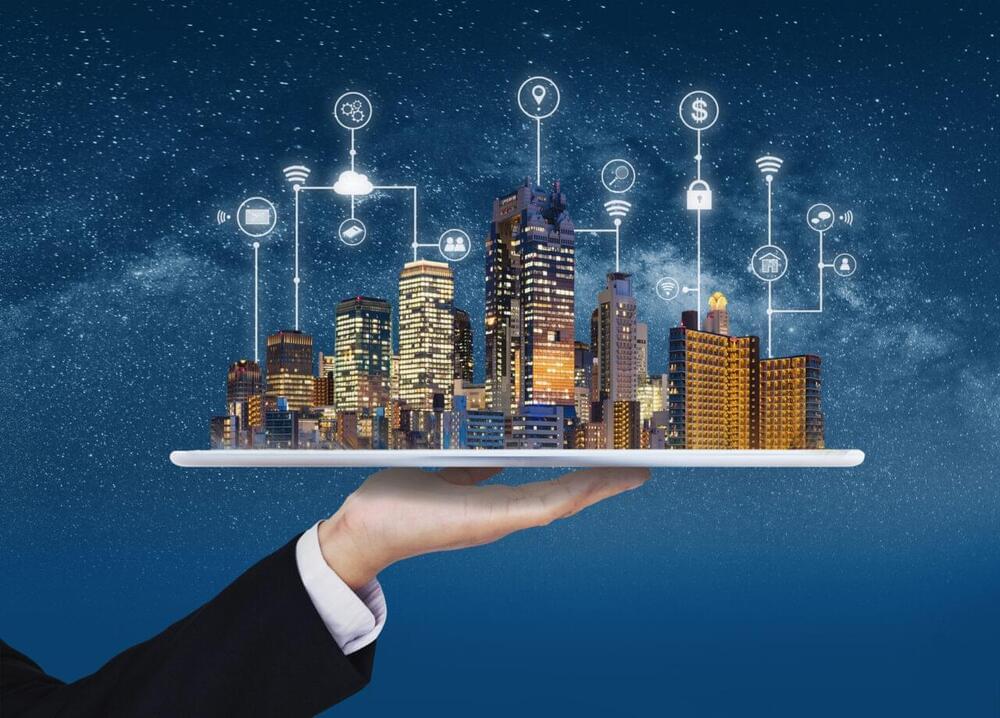Artificial intelligence (AI) is a rapidly growing technology with the potential to revolutionize many industries, and luxury real estate is no exception. With its ability to analyze large amounts of data, identify patterns and trends, and even communicate with clients, AI can be a valuable tool for increasing sales in the luxury real estate market.
One of the key benefits of AI in the luxury real estate market is its ability to provide personalized recommendations to clients. By analyzing a client’s search history, preferences, and budget, AI algorithms can suggest properties that are the most likely to appeal to them. This can save time for both the client and the real estate agent, as it reduces the need to sift through countless listings to find the right property.
Another benefit of AI in the luxury real estate market is its ability to enhance the overall customer experience. For example, some real estate firms are using chatbots that can answer questions and provide information about properties to potential buyers. These chatbots can work around the clock, providing assistance to clients whenever they need it. This not only helps to streamline the process of finding a property, but it can also help to build trust and establish a more personal connection with clients.




